What sneakers you go for can be a really personal decision, similar to the personality quirks that determine whether you’re a dinner and the movies or a drink at the bar first date sort of person. What kicks you rock says a lot about your personal style, for sure—but what you’re wearing can also make or break your workout. If you’re depending on the same shoe for everything from your morning run to a session at the squat rack, you could be making a major mistake.
“Different types of workouts put different types of stresses on our bodies and our footwear, and different shoes are frequently designed to better excel at specialized movements,” says Gretchen Weimer, Hoka One One’s director of design. “For instance, running requires cushion and support for moving ahead in a straight line, but running-specific shoes might contain little support for lateral movements.” In other words, your plush Hokas aren’t built for HIIT workouts, no matter how much you love them, while your dependable deadlifting Chuck Taylors should never be laced up for a jog.
That runs up against the do-everything concept of “gym shoes” that some people have bought into since childhood. But if you want to actually exercise to your full potential (and, not to mention, as safe as possible), it’s time for some specialization.
Not sure where to start with your footwear rotation? Here, the experts weigh in on what you need to know before you buy your next pair.
There Are Two Categories of Running Shoes

Thamrongpat Theerathammakorn / EyeEmGetty Images
Running shoes are built for linear motion—or, more specifically—moving forward in a straight line. This means that on roads or on a treadmill, each footstep should ideally be the same. “This repetitive stress can take its toll on the body, particularly when the body fatigues,” says Jon Teipen, senior manager of footwear at Brooks Running.
That’s exactly why it’s important to find a running shoe that feels truly comfortable on the foot, adds Teipen. (Science also shows that comfort is the most important factor in staving off injury on the run.) In order to best do this, it’s smart to check in at a running specialty store, where an employee can analyze your gait—a fancy word for how your foot hits the ground during your stride—on the treadmill.
Running sneakers are made to accommodate one of two gait patterns: Neutral or stability. Stability encompasses people who overpronate and supinate. “A neutral running shoe is one that doesn’t have a lot of extra structure built in,” says Weimer. “It has some cushion—which is a matter of personal preference—but it doesn’t have anything additionally that’s designed to alter, correct, or help your biomechanics because a neutral stride is often pretty good as-is.”
Stability shoes, on the other hand, have some extra tech built into the shoe designed to help correct overpronation for non-neutral runners.
Check out these options for our top picks for both neutral and stability-focused running shoes.
The Picks: Neutral Running Shoes

Hoka One One
$115.00
SHOP NOW
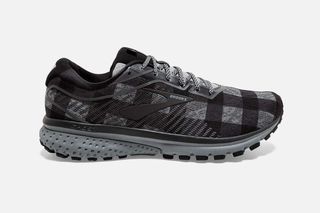
Brooks Ghost 12
$130.00
SHOP NOW
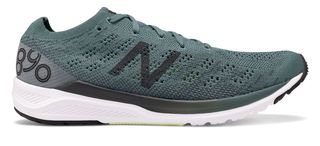
New Balance 890v7
$109.99
SHOP NOW
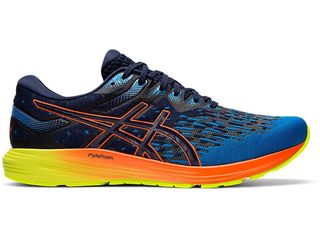
Asics Dynaflyte 4
$120.00
SHOP NOW
The Picks: Stability Running Shoes
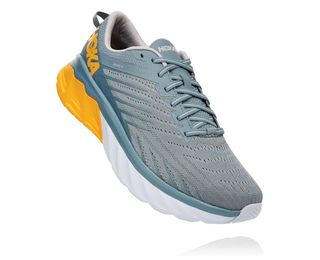
Hoka One One Arahi 4
hokaoneone.com
$130.00
SHOP NOW
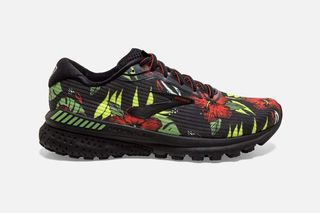
Brooks Adrenaline GTS 20
$130.00
SHOP NOW
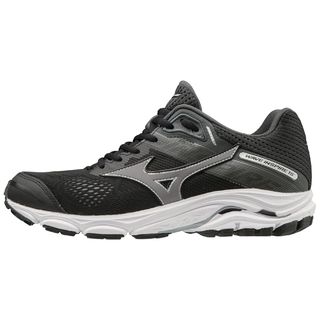
Mizuno Wave Inspire 15
$95.00
SHOP NOW

Asics GT-2000 7
$89.95
SHOP NOW
Training Shoes Should Have Lateral Support (Among Other Things)

AleksandarGeorgievGetty Images
A shoe designed primarily for active workouts like fitnesses class will be designed lower to the ground, with a wider base and better lateral support built into the upper to better accommodate side-to-side movements you might be performing in the gym.
While each person (and their foot) is unique, some may benefit from added reinforcement in the upper, says Weimer. “This will provide more lateral support and protect against wear and tear,” he says. “But what constitutes an ideal shoe will depend heavily on what you prefer, as well as which activities you’re performing and how you balance them.”
Other popular additions to a training sneaker: Solid grip that will help with everything from burpees to quick pivoting motions, a wide toe box for optimal movement, and ankle support without bulk. If you’re bearing heavy loads, meanwhile, you’ll want hard, flat soles, and Olympic lifters add an elevated heel to improve your ankle mobility.
The Picks: Training Shoes
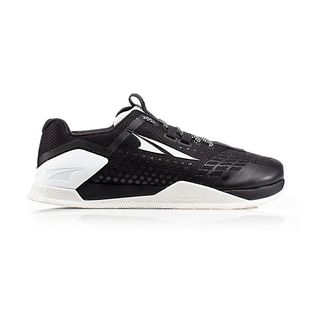
Altra HIIT XT 2
$110.00
SHOP NOW
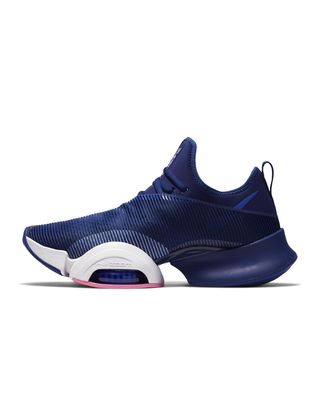
Nike Air Zoom SuperRep
$120.00
SHOP NOW
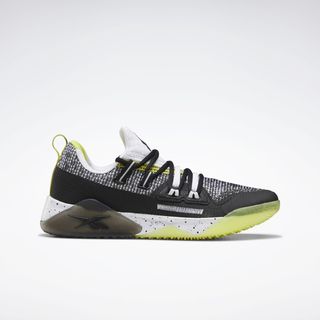
Reebok JJ III
$100.00
SHOP NOW
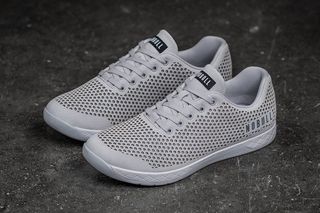
NOBULL Trainer
$159.00
SHOP NOW
Sneakers Don’t Last Forever

Geber86Getty Images
It’s not exactly rocket science. Just like your white T-shirts have a point where you know the wear has been a little aggressive, sneakers have a certain lifetime, too. For running, this typically falls in the 300- to 500-mile range, according to the American Council on Exercise (ACE). If you’re not doing a whole lot of running, then a good rule of thumb is to replace the kicks you’re wearing regularly at least once every six months.
One way to make them last longer? Have a separate pair for all of the to-and-from, whether that be post-sweat errands or a jaunt to brunch with your friends. This way, you’re not putting unnecessary mileage on your go-to athletic pair.
Base Your Decision On What Works Best for You

skynesherGetty Images
Granted, not everyone has an unlimited budget to use for sneakers. So, if you’re looking for a one-size-fits-all approach, focus on fit and comfort, suggests Alex Lind, product line manager for Altra.
“If you are looking for a Swiss army knife-style sneaker to wear often and in multiple settings, it has to be comfortable,” says Lind. “The next few things that I would look for would be durability and cushioning/support in the shoe and how it relates to what you are looking for.”
For instance, if you are mainly running on the roads or on any sort of paved path, a trail shoe may not be the best fit. If you are looking to do shorter runs and general gym workouts, sometimes a lighter weight shoe will be optimal. The good news? There are offerings from companies that are built with a traditional running midsole and outsole, but offer a more durable and supportive upper that work very well in the gym and can also be used on the road.

Altra HIIT XT 2
$110.00
SHOP NOW

Nike Air Zoom SuperRep
$120.00
SHOP NOW

Reebok JJ III
$100.00
SHOP NOW

NOBULL Trainer
$159.00
SHOP NOW
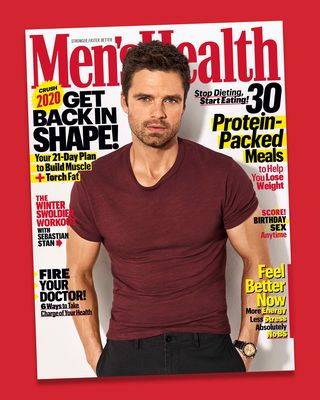
Men’s Health
Men’s Health Subscription
SHOP NOW
Source: Read Full Article
